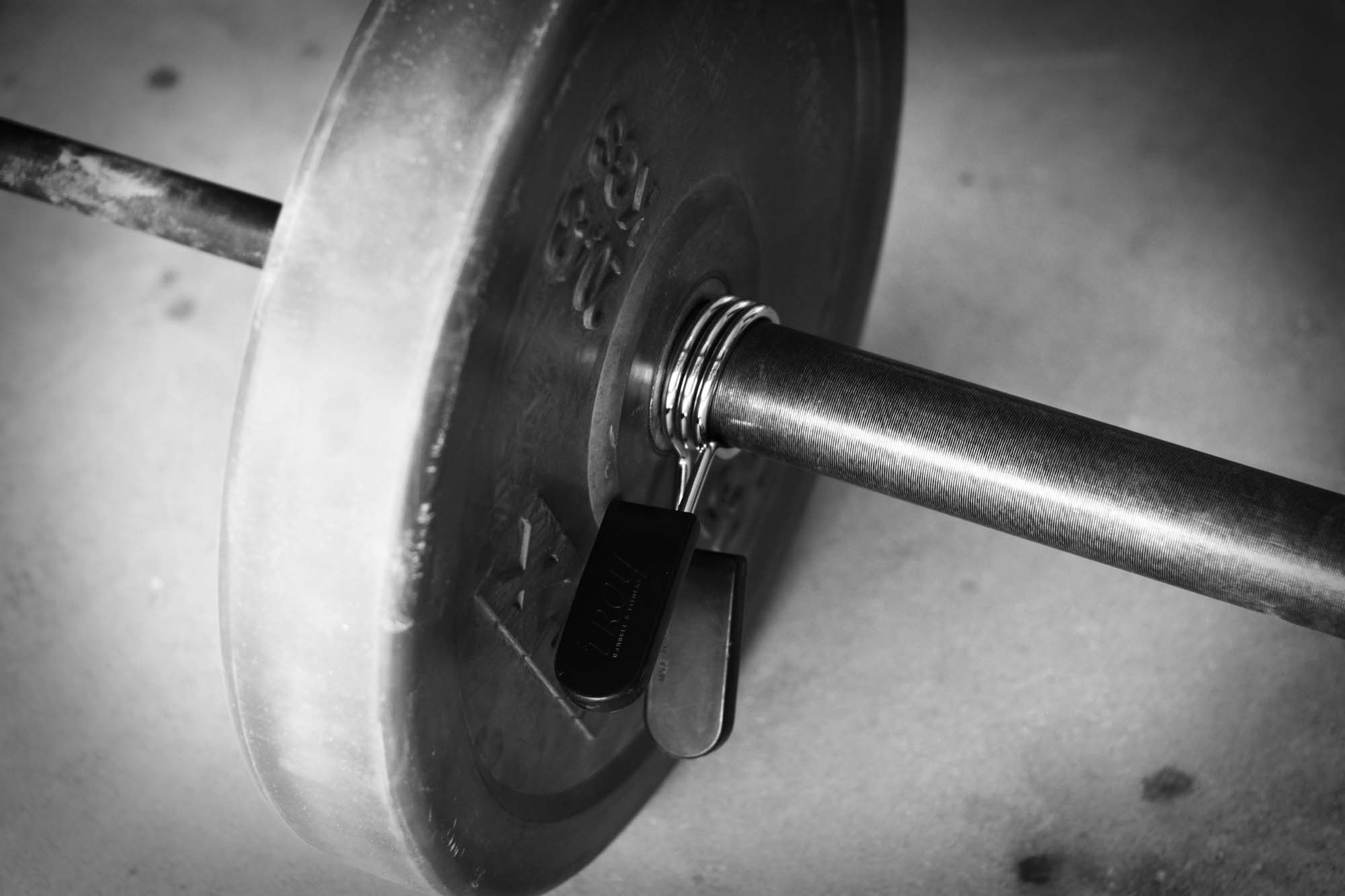Muscular strength is the ability to exert force on an object or against some type of resistance. You express strength when hitting a baseball or when standing up from a chair. Pressing a barbell overhead and carrying your groceries requires strength. Using strength training to get stronger will have profound effects on your athletic performance, quality of life, health, and longevity.
How Strength Impacts Sports Performance
Athletes exert large forces against gravity, against an opponent, or when manipulating an object. Strength is a limiting factor in many of these sports.
Your ability to run, jump, and change direction is crucial for success in sports. Enhancing strength improves these characteristics and your sport-specific skills. Stronger athletes jump higher and further than weaker athletes. You express yout strength when you elevate for a rebound in basketball, jump to spike a ball in volleyball, or dive to catch a ground ball. Athletes, who produce large forces on the ground, can jump higher and further than weaker athletes. This results in a true competitive advantage in many sports.
Stronger athletes are also able to accelerate running over short distances. Elite athletes produce greater forces, with short ground contact times, and with greater stride lengths. Evidence strongly suggests a correlation between maximal strength and running speed. Athletes who produce greater amounts of force over a shorter period can change direction at greater velocities. This is important in basketball or football when attempting to elude defenders.
Becoming stronger is a no-brainer for any athlete looking to jump higher, run faster, or rapidly change direction during their sport. Lateral lunge variations are excellent to improve strength, speed, power, and agility.
How Strength Impacts Quality of Life in Children

There has been a steady decline in fitness and strength in children across the world. Research shows greater muscular fitness in school-aged youth (4-19 years) is associated with decreased body fat and improved risk factor profiles for heart disease and diabetes.
Muscle strength is also associated with bone health and self-esteem in children. Therefore, youth physical activity programs promoting strength have many benefits related to overall health and quality of life in children.
How Strength Affects Quality of Life in Older Adults
Sarcopenia is the age-related loss of muscle size and strength in older adults. Loss of muscle mass begins around age 25. It progresses to a loss of 30% or more by the age of 80. Loss of muscle occurs primarily in type II muscle fibers. These fibers are responsible for muscle strength and power. Therefore, the rate and magnitude of strength loss usually exceeds that of muscle mass by 2-5 times.

Age-related loss of muscle strength and bone mass (osteopenia) is associated with impaired functional mobility, compromised balance, and increased risk of arthritis, joint replacement surgeries, falls, and fractures. All of these factors substantially diminish your quality of life. Nearly 20% of women and 10 % of men over the age of 65 cannot lift a 10-pound weight or kneel on the floor. The age-related loss of strength is also associated with an inability to live independently and premature death.
Maintaining muscle strength is a key strategy that leads to healthy aging. Sedentary behavior and physical inactivity are key drivers of muscle mass and strength loss. Maintenance of physical activity and engagement in regular strength training will diminish or even prevent these age-related changes. Pulling exercises or row variations are great for strengthening your upper body and core musculature.
The Importance of Strength Training for Optimal Health & Longevity
Aerobic fitness is associated with a decreased risk of chronic disease and premature death. But you probably did not know about the health benefits of exercise programs that target muscular strength. A 2017 study published in the American Journal of Epidemiology showed resistance training reduced the risk of all-cause and cancer-related death to a greater degree than aerobic exercise.
There is now a growing body of evidence suggesting poor muscular strength is associated with death from all causes in both healthy and diseased populations.

Another review in the European Journal of Internal Medicine reported a reduced risk for all-cause mortality with increased levels of muscular strength. Handgrip strength has been associated with survival and long-term outcomes in patients with cancer. Muscular strength has also been shown to be associated with long-term outcomes in patients with heart disease.
The health and mortality benefits of muscular strength are related to multiple mechanisms. This includes improved blood pressure, blood lipids, and body composition. Improved strength has also been linked to reduced systemic inflammation and improvements in insulin resistance.
Based on the available evidence showing a strong association between muscular strength and mortality, adults should perform muscle-strengthening exercises at least 2 days per week to reduce mortality risk. For most, basic lower body exercises such as squats and hip hinges are great places to start with a strengthening program.
You Must Do Strength Training Exercises to Get Stronger
You continuously perform activities in your daily routine that require the expression of muscular strength. Without strength, your function and quality of life will suffer. Your strength will ultimately decline with age unless you do strength training exercises.
Improving or preserving muscular strength is strongly associated with improved sports performance, quality of life, and physical function. It also is linked to a reduced risk of chronic disease and reduced risk of death. This should be sufficient motivation for everyone, regardless of age or health status, to engage in some form of strength training today.
To learn the way to start strength training, see your physical therapist.

